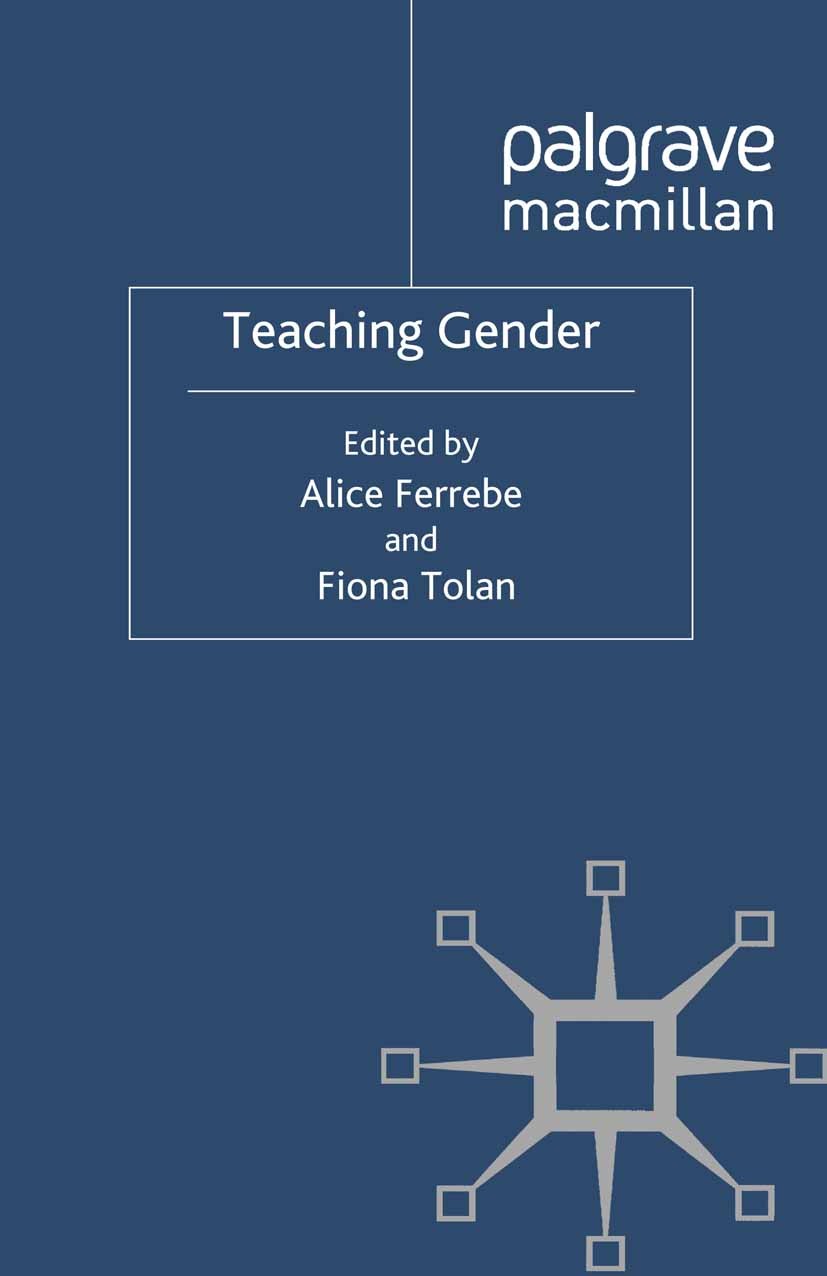| 书目名称 | Teaching Gender | | 编辑 | Alice Ferrebe (Senior Lecturers in English),Fiona | | 视频video | http://file.papertrans.cn/902/901141/901141.mp4 | | 丛书名称 | Teaching the New English | | 图书封面 |  | | 描述 | Encompassing feminism, masculinities and queer theory, and drawing on film, literature, language, creative writing and digital technologies, these essays, from scholars experienced in teaching gender theory in university English programmes, offer inventive and student-focused strategies for teaching gender in the twenty-first century classroom. | | 出版日期 | Book 2012 | | 关键词 | essay; gender; gender studies; language; space; women | | 版次 | 1 | | doi | https://doi.org/10.1057/9780230360778 | | isbn_softcover | 978-0-230-25252-3 | | isbn_ebook | 978-0-230-36077-8Series ISSN 1754-9728 Series E-ISSN 2947-9266 | | issn_series | 1754-9728 | | copyright | Palgrave Macmillan, a division of Macmillan Publishers Limited 2012 |
The information of publication is updating

|
|
 |Archiver|手机版|小黑屋|
派博传思国际
( 京公网安备110108008328)
GMT+8, 2025-12-18 01:01
|Archiver|手机版|小黑屋|
派博传思国际
( 京公网安备110108008328)
GMT+8, 2025-12-18 01:01


